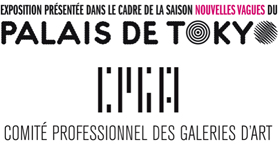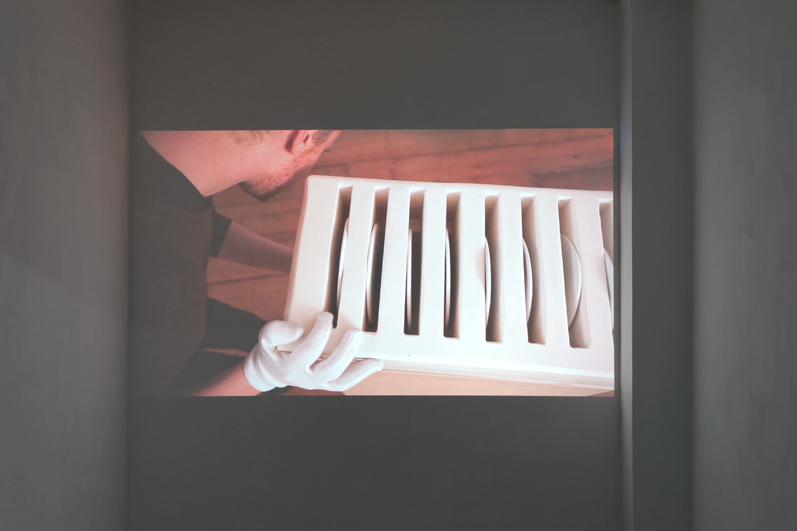
June 22 – August 3, 2013
Curator of the exhibition : Florence Ostende
Divided in three chapters, the film takes place in the gallery Dohyang Lee, in the artist studio in Ghent and inside a highly decorated home with wall paintings. In the gallery, a young man carries around Objet 1 (2010), a key work by Alice De Mont which unlike her other ‘film sculptures’ can be exhibited in the same physical space as the video. Playing the role of the ‘magician-archivist-curator’, the same boy wanders in the space holding the sculpture until he meets an old man looking for a way out with the gallery floor plan. The second part of the film shot in the artist studio reveals a cone-shaped sculpture on a table which keeps popping up in the frame until the young magician appears again with his white gloves. Then the same scene filmed from another angle shows the way the object has been moved around in front of a plaster made camera. In the living room, the young boy plays the role of the archivist as he slowly takes ceramic plates off a sculptural container.
Rather than looking at the act of display as a tedious translation of the work, De Mont treats the exhibition as a total work of art in which all the elements interact within an archival system constantly reactualised and partially revealed in a printed index. This document includes a map of images and a colour chart of the film Retroperspectief that allow the viewer to connect the exhibited works to the rest of her practice. In 2008, Alice De Mont created her first character Badpakman Straatkast which could be translated as ‘Swimsuit Man Cupboard Street’. A whimsical character, Badpakman looks like a black digital rectangle that appears on images taken with a webcan, often in dialogue with other objects at home. The white ceramic plates tell the story of this surrealist character which ended up being ‘archived’ in a series of individual panels like in the layout of a comic book page.
Although the rigorous discipline of the index doesn’t seem to match with the irrational surrealism of her characters, it is tempting to relate Alice De Mont’s work in the specific history of art in Belgium, rooted both in René Magritte’s surrealism and Joëlle Tuerlinckx’s conceptual practice (Tuerlinckx used to be her teacher in Brussels). In the film entitled 12poot (2012), the same protagonist carries a sculptural object which was made only for the purpose of the film. Moving quietly through the room, he handles the piece with extreme care until the ‘12 legs’ come apart on the table. Alice De Mont uses her sculptures as props to be handled by characters who perform in her films trying to find the right spot for the work in the space – the scale varies from a floor plan to the exhibition room to an underground archival storage facility. The basement functions like a black box recording data in which the physicality of her ‘film sculptures’ is replaced by almost invisible wall drawings. This exhibition focuses on the work itself as much as the space in between the work, meaning the architecture also plays the role of a magician.
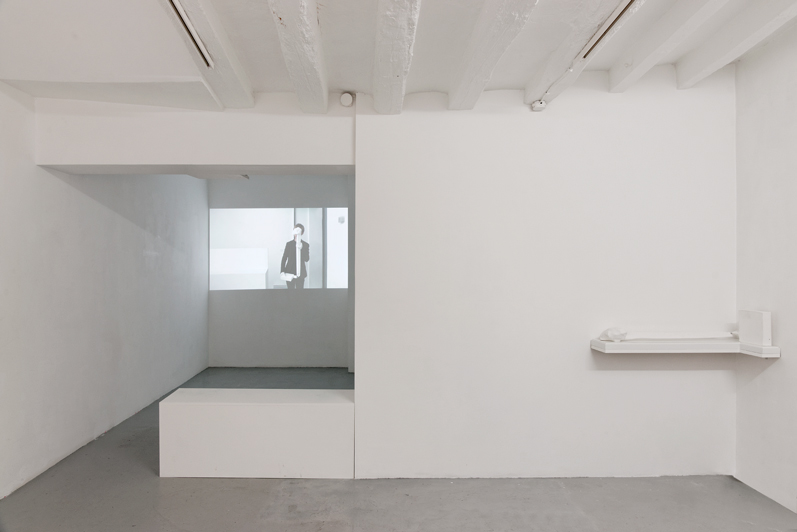
Exhibition view, Retroperspectief, Alice De Mont, Dohyang Lee Gallery, photo © Aurélien Mole
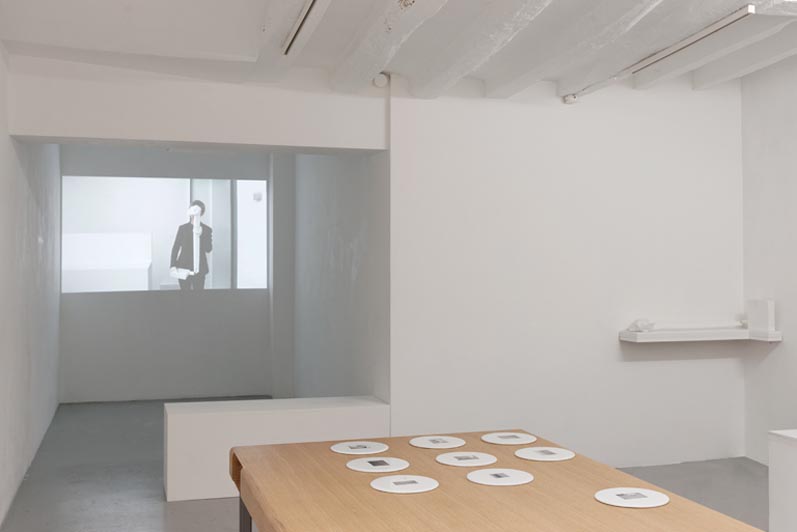
Exhibition view, Retroperspectief, Alice De Mont, Dohyang Lee Gallery, photo © Aurélien Mole
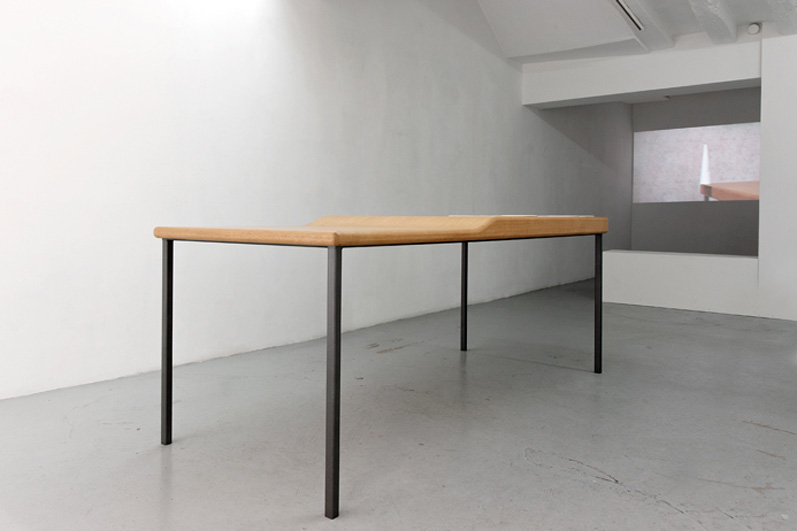
This object, or this table, should be considered more like a sculptural object, 2012, oak wood, metal, natural stone, unique piece
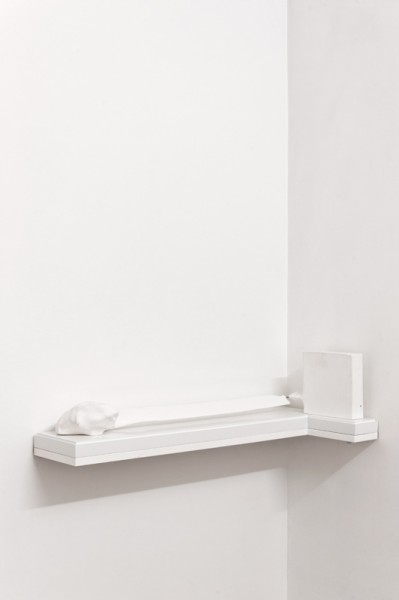
Object 1, 2010, plaster, unique piece
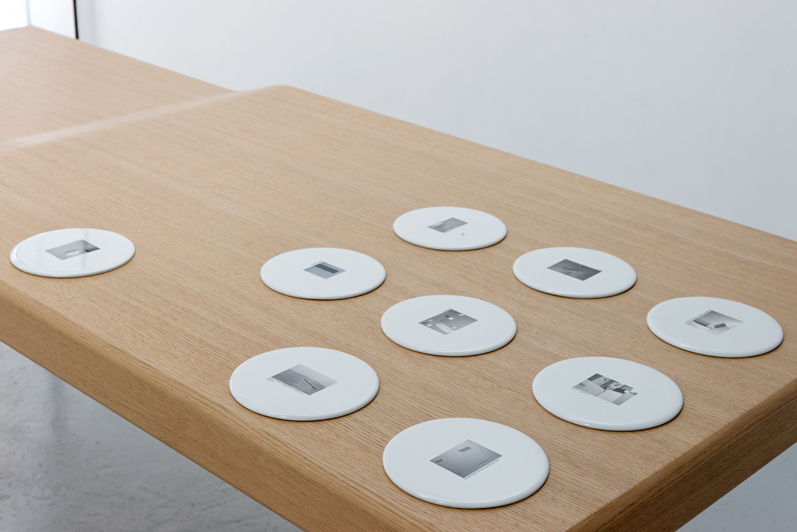
9 ceramics BPMSK, 2013, ceramic, image, limited edition
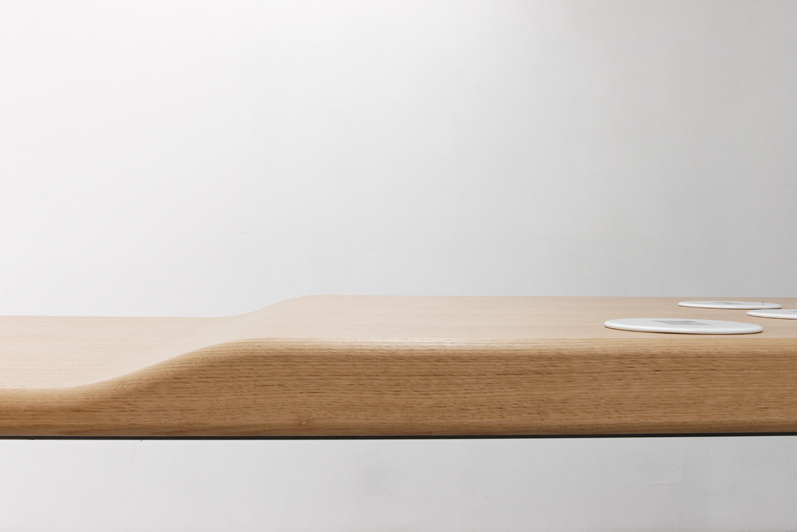
This object, or this table, should be considered more like a sculptural object, 2012, oak wood, metal, natural stone, unique piece
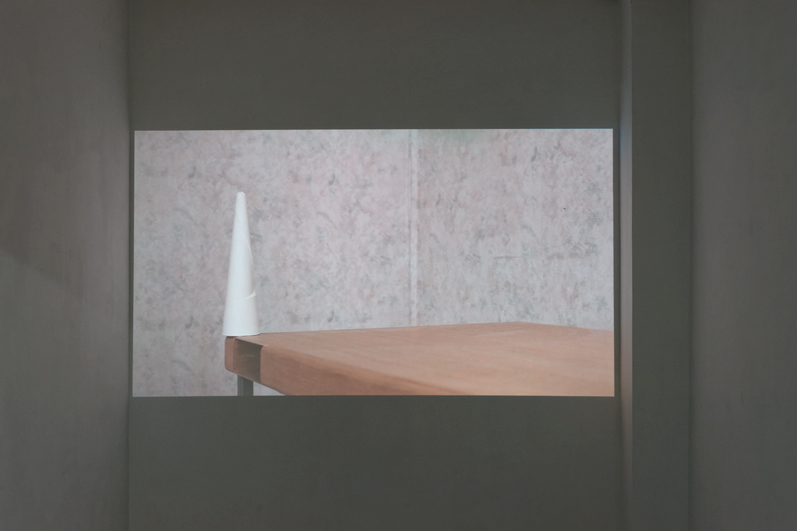
Retroperspectief, 2013, HD video, color, sound, 15′, 5 editions + 2 AP
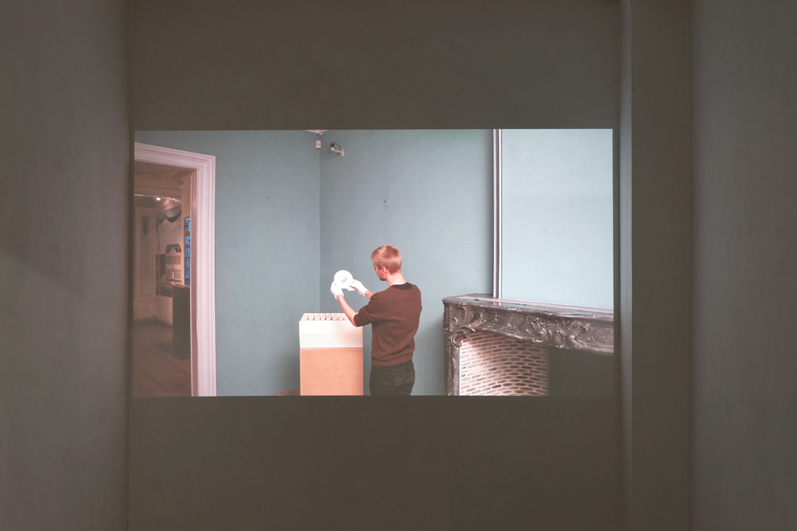
Retroperspectief, 2013, vidéo HD, couleur, son, 15′, édition 5 + 2 AP
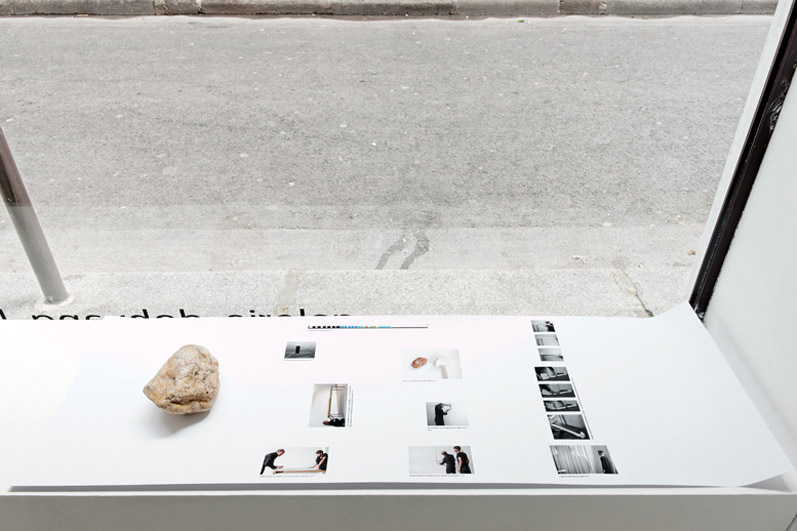
Affiche index retroperspectief, 2013, édition limitée
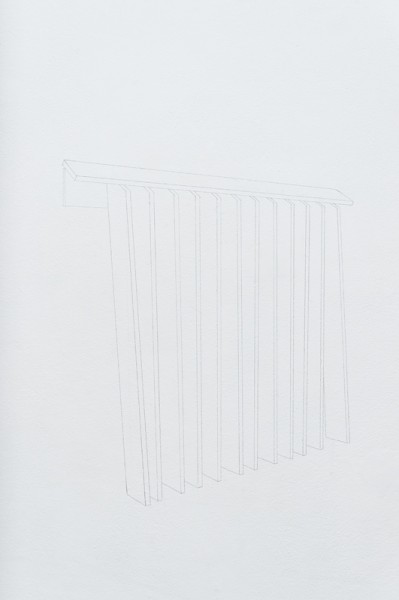
12poot, 2013, black pencil, serie of 5 mural drawings, variable dimensions
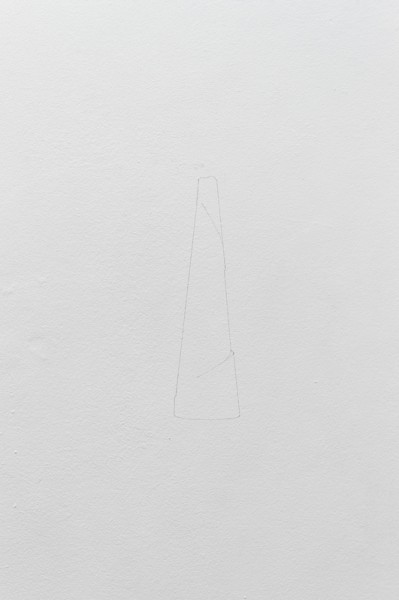
Le retroperspectief, 2013, black pencil, serie of 5 mural drawings, variable dimensions
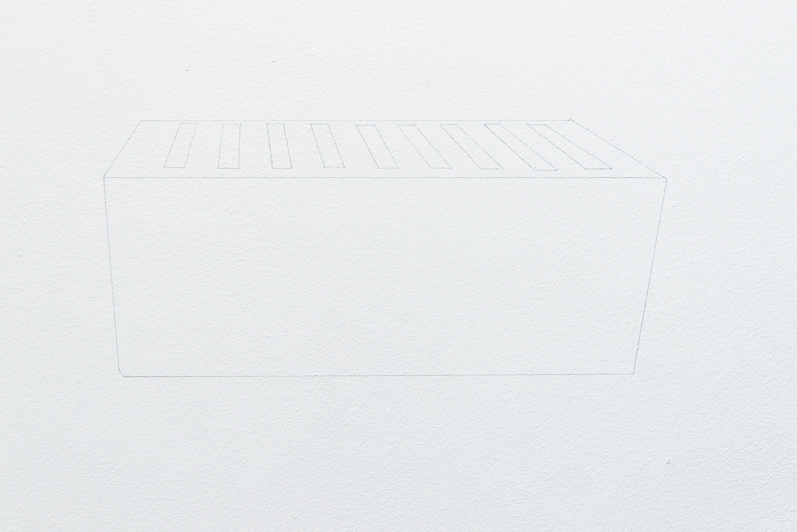
Stockage d’images, 2013, black pencil, serie of 5 mural drawings, variable dimensions
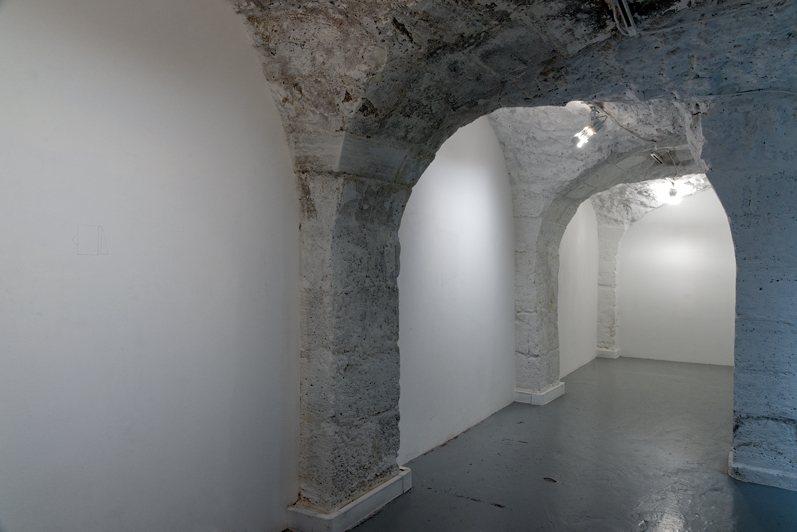
Exhibition view, Retroperspectief, Alice De Mont, Dohyang Lee Gallery, photo © Aurélien Mole
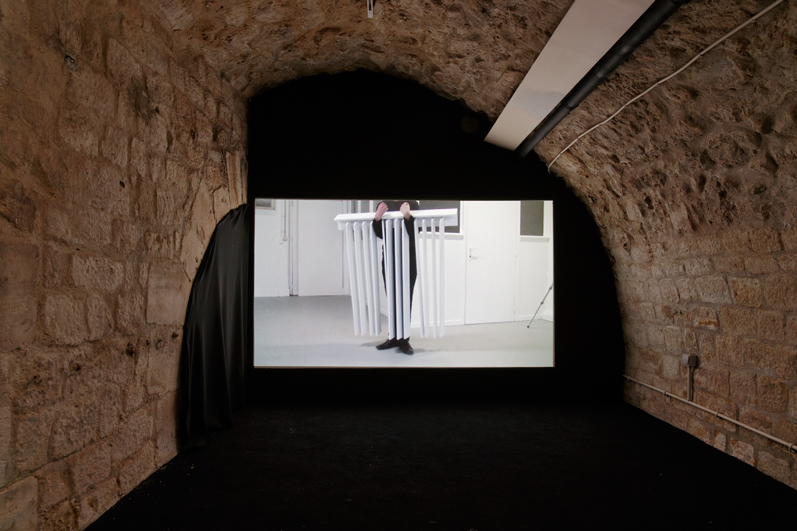
12poot, 2012, HD video, color, sound, 12′, 5 editions + 2 AP
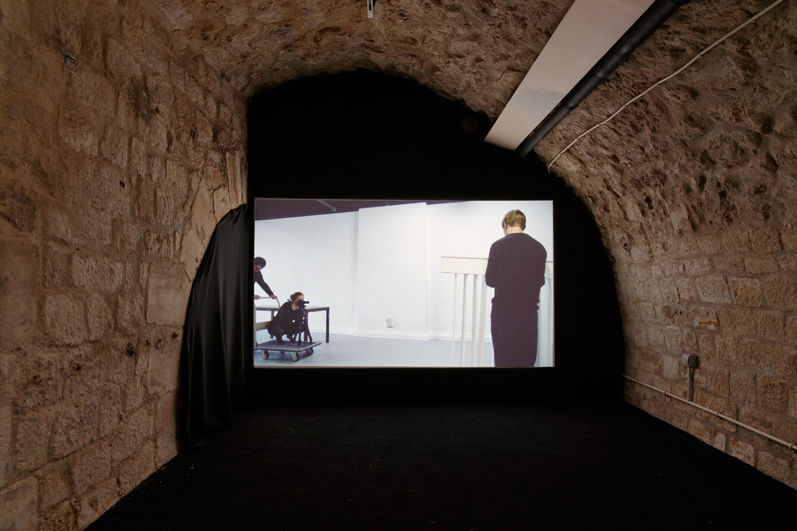
12poot, 2012, HD video, color, sound, 12′, 5 editions + 2 AP
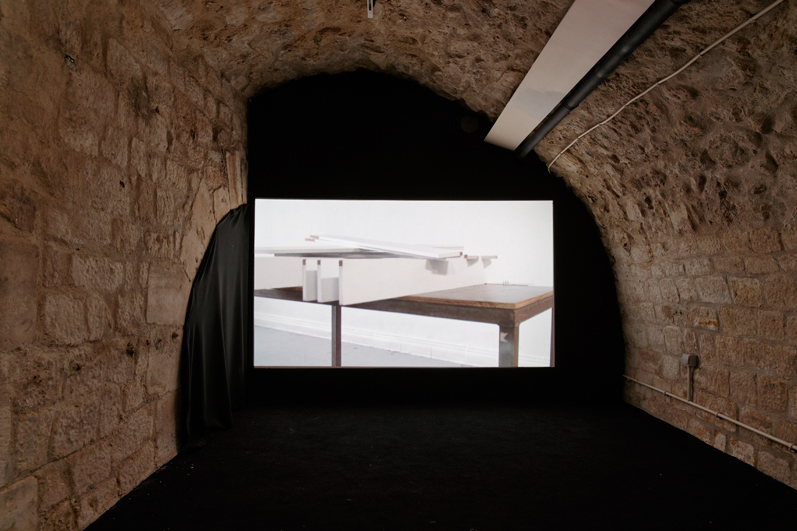
12poot, 2012, HD video, color, sound, 12′, 5 editions + 2 AP

